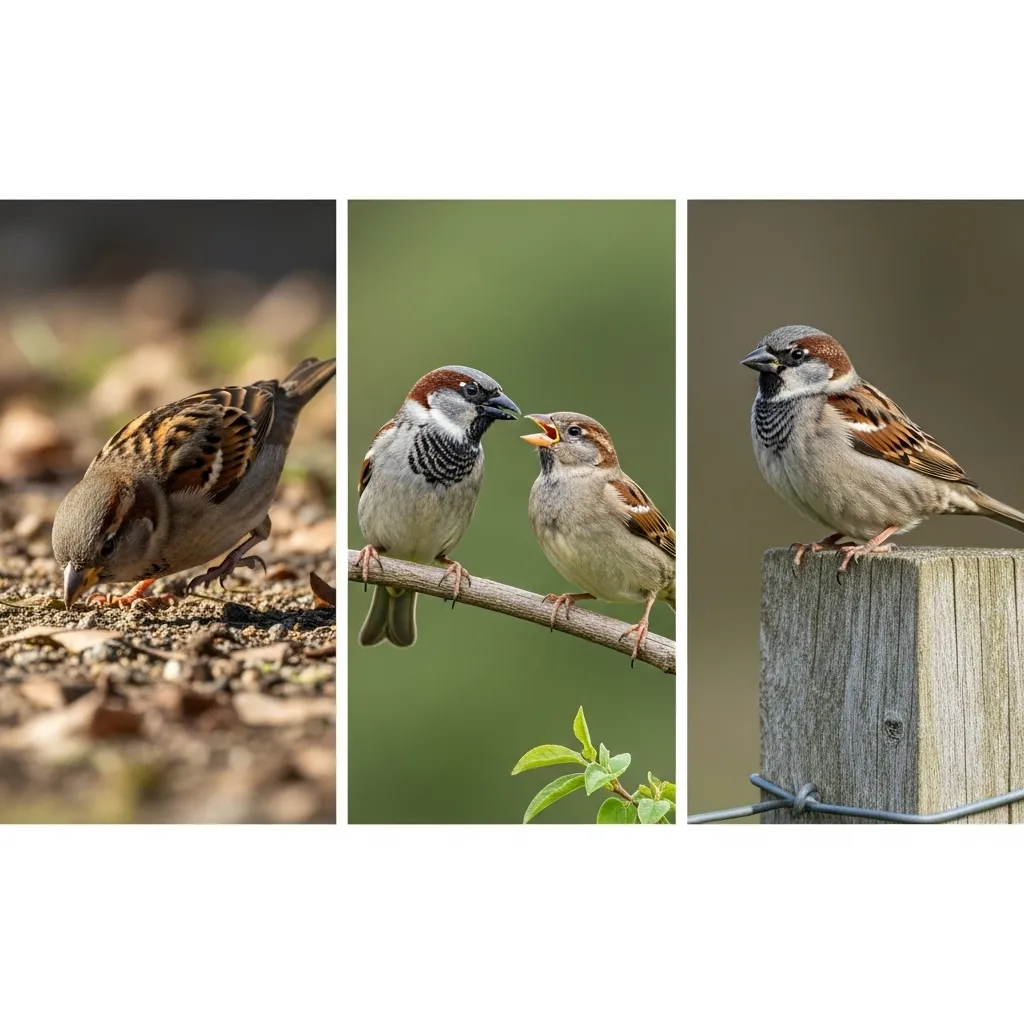
Your Next Steps in the World of Birdwatching
You now have the foundational knowledge to begin a rewarding journey into the world of birds. You know the tools, the four keys to identification, the common species to look for, and the ethical principles to guide you. The next step is simple: start observing.
Your challenge for this week: Choose one common bird you see in your yard or neighborhood—a robin, a cardinal, a house sparrow. For the next few days, don’t just put a name to it. Watch it. Spend five minutes observing its behavior. What does it eat? How does it interact with other birds? Does it have a favorite perch? Take a few notes. This simple practice of deep observation will teach you more than any book ever could.
As you grow more confident, consider contributing to science. Citizen science platforms like eBird allow you to submit checklists of the birds you see. Your sightings, combined with millions of others, help scientists at organizations like the Cornell Lab of Ornithology track bird populations, understand migration patterns, and make critical conservation decisions. Every checklist, even from a beginner watching their backyard feeder, provides valuable data.
Birdwatching is a journey of lifelong learning. There will always be a new bird to see, a new song to learn, a new behavior to puzzle over. Be patient with yourself, stay curious, and enjoy the simple, profound pleasure of paying attention to the wild lives unfolding all around you.
Disclaimer: This article is for educational purposes only. Always follow local laws and regulations regarding wildlife. Never approach, touch, or feed wild animals. The health and safety of wildlife should always be your top priority. In case of a wildlife emergency, please contact your local animal control or state wildlife agency.















